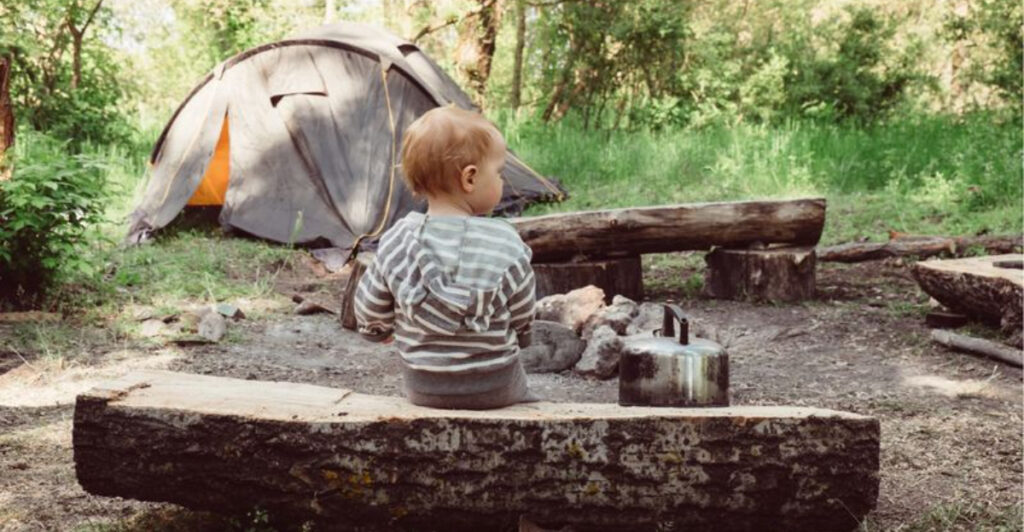Visiting national parks with toddlers can feel overwhelming, but experienced parents know the secrets to making these adventures both safe and enjoyable. From timing your visit perfectly to packing the right gear, these tried-and-true strategies come straight from families who’ve successfully navigated trails with little ones in tow. With proper planning and realistic expectations, your family can create unforgettable memories while keeping everyone happy and secure.
1. Start early and have a Plan B
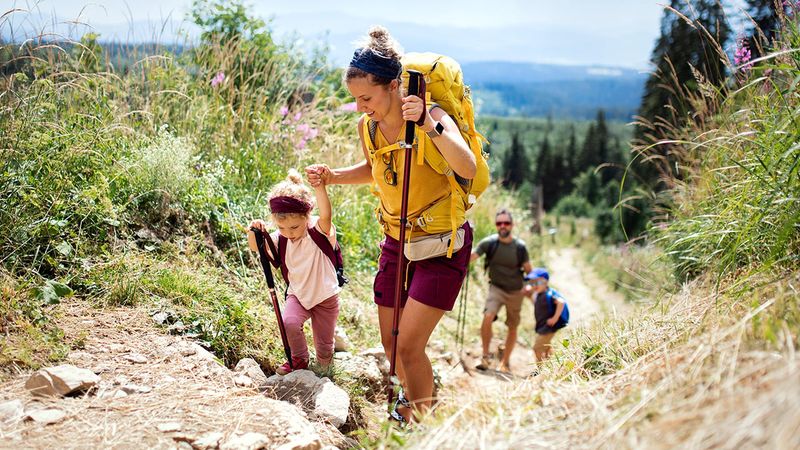
Morning magic happens when you beat the crowds and the heat. Smart parents know that 7 AM starts mean cooler temperatures, available parking spots, and toddlers who haven’t yet reached their meltdown threshold.
Before leaving home, check the park’s official website for current trail conditions and road closures. Many popular parks now require timed-entry reservations through Recreation.gov, so booking ahead prevents disappointment at the gate.
Always have backup plans ready when weather or tantrums strike. Indoor visitor centers, covered pavilions, and shorter alternative trails can save your day when Plan A falls apart unexpectedly.
2. Pick toddler-sized routes
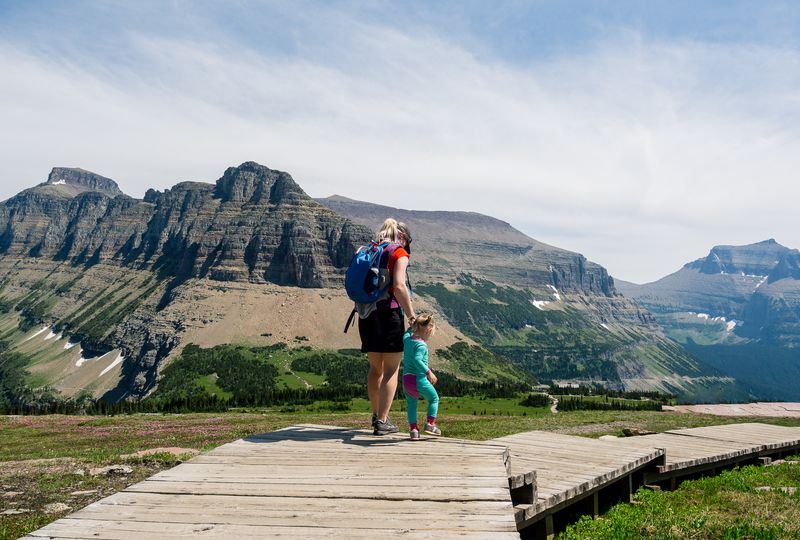
Boardwalks and paved paths become your best friends when exploring with tiny adventurers. These accessible routes keep strollers rolling smoothly while providing stunning views without the challenge of rocky terrain.
Look for loops under one mile that start and end near restrooms and picnic areas. The National Park Service’s “Hiking with Kids” resources emphasize realistic distances—typically half a mile or less for children under four.
Pack essential supplies including plenty of water, favorite snacks, and weather-appropriate layers. Remember that toddler legs tire quickly, so choose routes where carrying a tired child back to the car won’t ruin your own experience completely.
3. Pack the Ten Essentials—scaled for littles
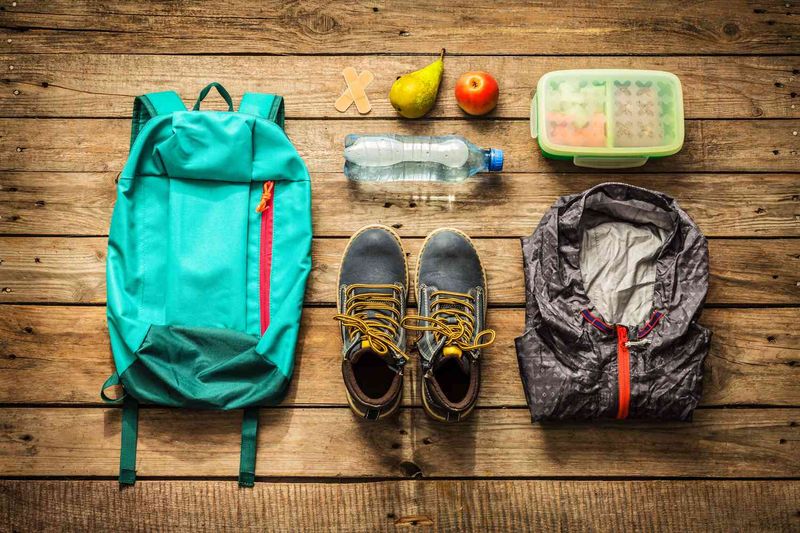
Even simple nature walks require thoughtful preparation when toddlers join the adventure. The National Park Service’s Ten Essentials list provides your foundation: water, food, sun protection, first aid, extra clothing, and emergency lighting.
Parents add their own survival kit including wet wipes, complete outfit changes, and backup snacks that won’t cause meltdowns. Pack twice the water you think you’ll need—little bodies dehydrate faster than adult ones.
Keep a small flashlight or headlamp handy for exploring dim visitor center exhibits or unexpected delays. A basic first-aid kit with bandages and children’s pain reliever handles most minor scrapes and complaints that arise during outdoor exploration.
4. Sun safety is non-negotiable
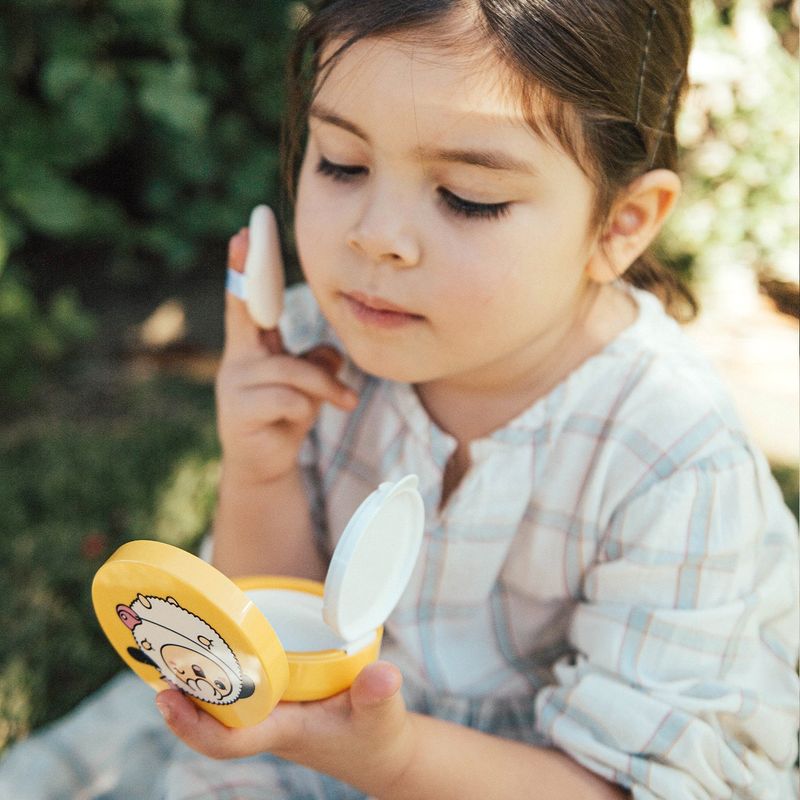
Mountain and desert sun burns tender toddler skin faster than you’d expect, even on cloudy days. Apply broad-spectrum SPF 30 or higher sunscreen fifteen minutes before heading outdoors, covering all exposed areas thoroughly.
Reapplication every two hours becomes crucial, especially after sweating or drinking water. Wide-brimmed hats and UV-protective clothing work better than wrestling squirmy toddlers for sunscreen touch-ups throughout the day.
Sunglasses designed for small faces protect developing eyes from harmful rays reflecting off rocks, snow, and water. Many parents find that making sun protection part of the “adventure gear” routine helps toddlers cooperate with necessary safety measures more willingly.
5. Know wildlife distance rules
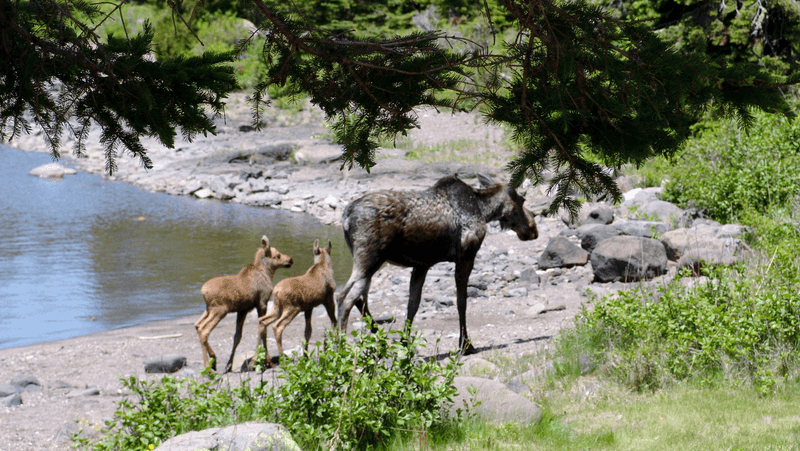
Binoculars become magical tools when curious toddlers spot elk, bison, or deer during park visits. Federal regulations require staying at least 25 yards from large animals and 100 yards from predators like bears and mountain lions.
Teach children that wild animals aren’t pets—they bite, kick, and charge when feeling threatened or protecting babies. If any animal changes behavior, stops eating, or looks your direction, you’re standing too close and should back away immediately.
Never feed wildlife, even friendly-looking chipmunks or birds. Animals that associate humans with food become dangerous and often must be relocated or euthanized. Bring snacks for your family only, and store them properly between meals.
6. Store food like a pro in bear country
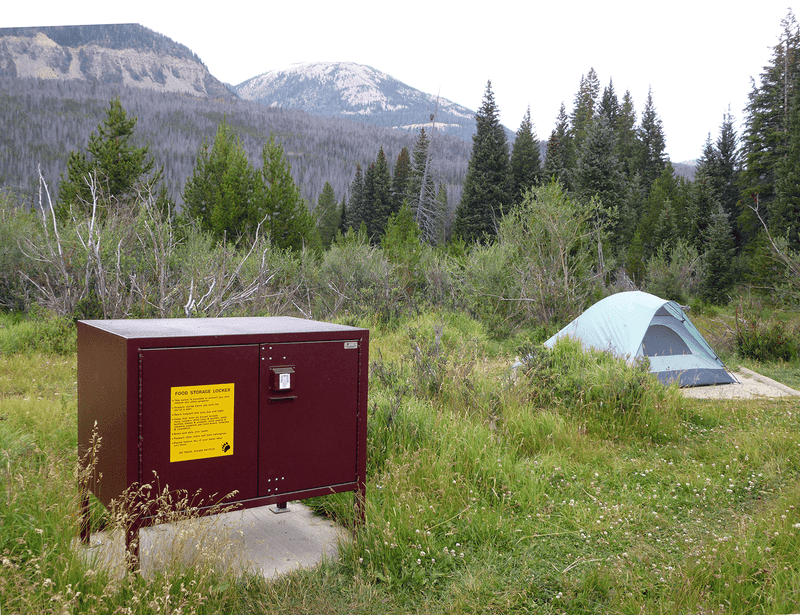
Bear lockers aren’t suggestions—they’re requirements that protect both your family and local wildlife populations. Every national park with bear activity provides specific food storage guidelines that visitors must follow strictly.
Pack all scented items including toothpaste, soap, and baby wipes into approved containers or lockers immediately after use. Bears associate food smells with easy meals, creating dangerous situations for future visitors when they lose their natural fear of humans.
Fines for improper food storage can reach hundreds of dollars, but the real cost comes when habituated bears must be relocated or destroyed. Teaching toddlers to help with proper storage creates good habits while keeping everyone safe during your adventure.
7. Bug defense and tick checks
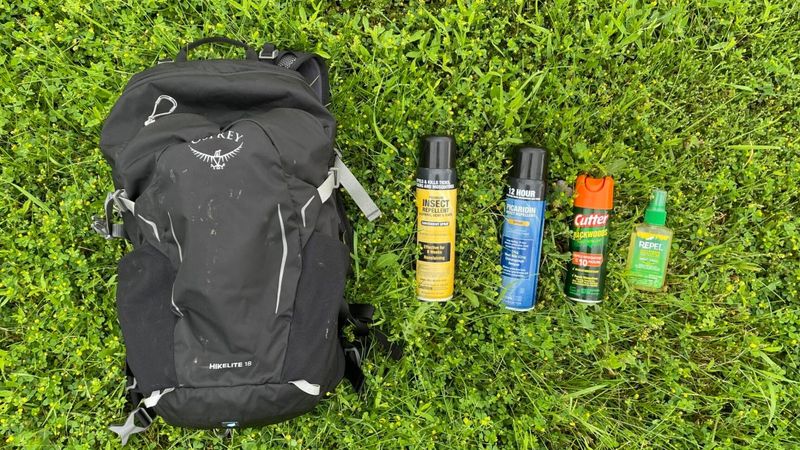
Mosquitoes and ticks love national parks as much as your family does, so come prepared with EPA-registered insect repellent containing DEET or picaridin. Apply according to label directions, avoiding hands and faces where toddlers might accidentally ingest chemicals.
After hiking, shower within two hours if possible and conduct thorough tick checks on every family member. These tiny hitchhikers hide in warm, dark places like waistbands, behind ears, and along hairlines where they’re easily missed.
Long pants and closed-toe shoes provide better protection than shorts and sandals in buggy areas. Light-colored clothing makes spotting ticks easier before they attach and start feeding on unsuspecting hosts.
8. Make the visitor center your home base
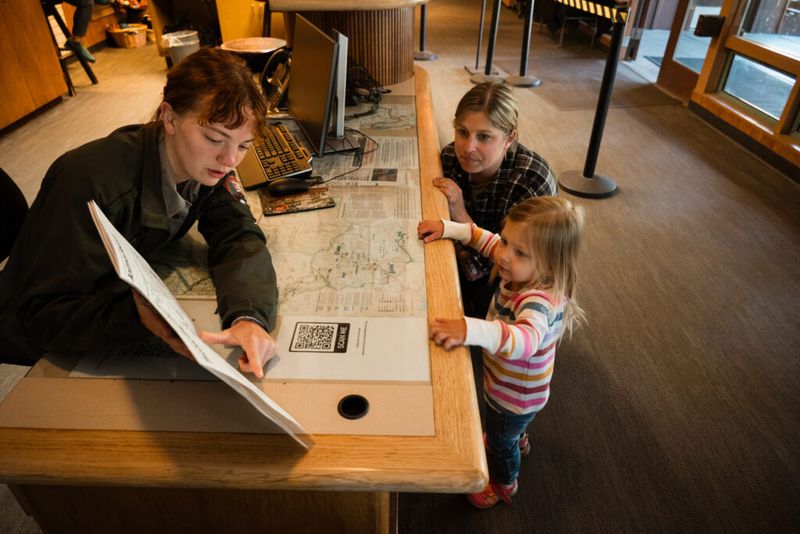
Air conditioning, clean restrooms, and educational exhibits designed for short attention spans make visitor centers perfect toddler headquarters. Many centers feature hands-on displays, animal specimens, and interactive maps that engage curious minds between outdoor adventures.
Junior Ranger programs offer age-appropriate activities that keep little ones busy while teaching park appreciation. Completing simple booklet activities earns official badges, creating lasting memories and pride in their national park experience.
Staff members provide current trail conditions, weather updates, and insider tips for families with young children. Water bottle refill stations and first aid assistance make these buildings essential stops rather than optional tourist traps during your visit.
9. Diapers and potty planning
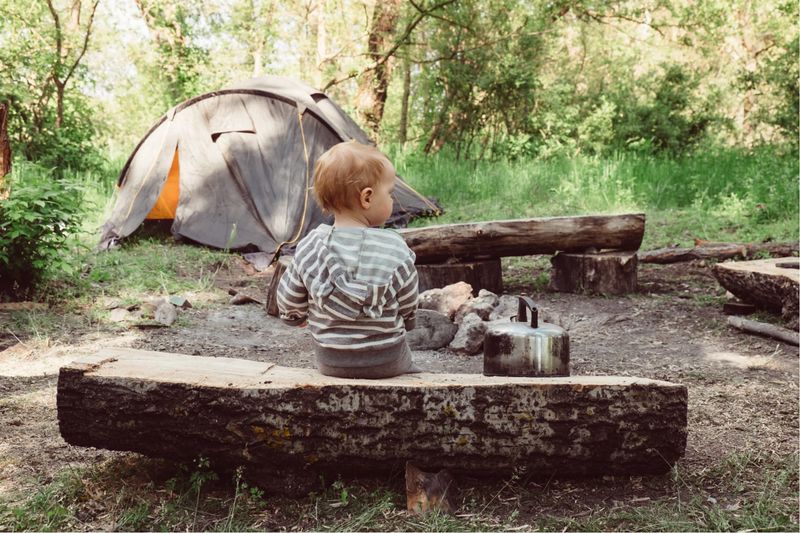
Leave No Trace principles apply to diaper changes and potty emergencies in pristine wilderness areas. Pack out all diapers, wipes, and hygiene items in sealed bags—never bury or leave them behind for wildlife to discover.
Plan bathroom breaks around visitor centers, campgrounds, and established facilities whenever possible. For emergency situations away from restrooms, dig catholes at least 200 feet from water sources, trails, and camping areas where regulations allow.
Portable potty seats and travel-sized supplies make transitions easier for newly potty-trained toddlers facing unfamiliar outdoor bathrooms. Hand sanitizer becomes essential when soap and running water aren’t available after nature calls during your adventure.
10. Storm and heat smarts
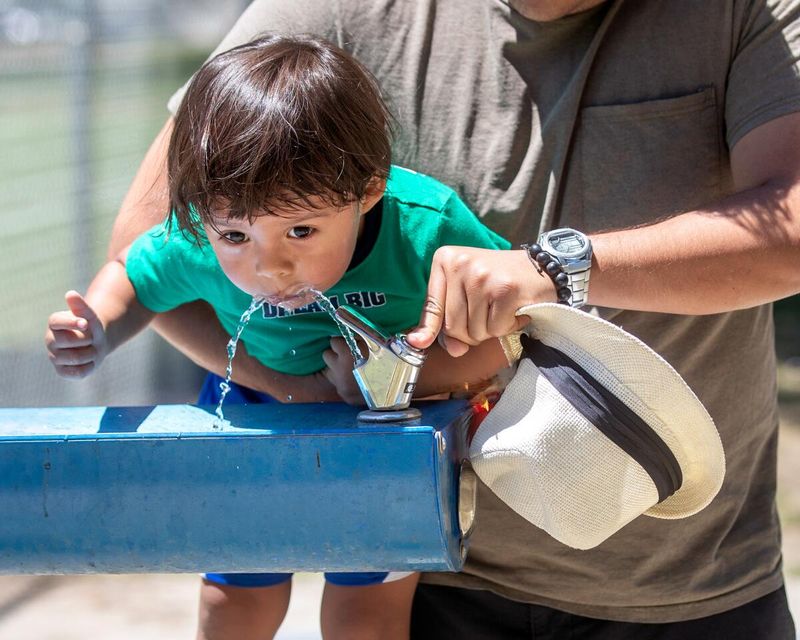
Lightning strikes happen fast in mountainous terrain, so head for enclosed vehicles or substantial buildings at the first rumble of thunder. No outdoor location offers safety during thunderstorms, including covered pavilions, tents, or tall trees.
Hot weather requires strategic timing and frequent hydration breaks for vulnerable toddlers whose bodies overheat faster than adults. Start hikes early, seek shade during midday hours, and watch for signs of heat exhaustion like excessive fussiness or lethargy.
Weather conditions change rapidly at elevation, so check forecasts before departing and carry extra layers even on warm mornings. National Weather Service alerts and park staff provide current conditions that help families make safe decisions about outdoor activities.
11. Car seats and driving between stops

Scenic park roads tempt families to hop between viewpoints, but proper car seat use remains essential for every trip, no matter how short the distance. Keep toddlers rear-facing until they reach their seat’s maximum height and weight limits.
Campground loops and parking area drives still require full restraint systems—accidents happen at low speeds too. Forward-facing seats with five-point harnesses provide the next level of protection once children outgrow rear-facing configurations completely.
Check your car seat installation before leaving home and bring instruction manuals for reference during your trip. Many fire stations and hospitals offer free safety inspections to ensure proper installation before family adventures begin.
12. Never leave kids in a parked car
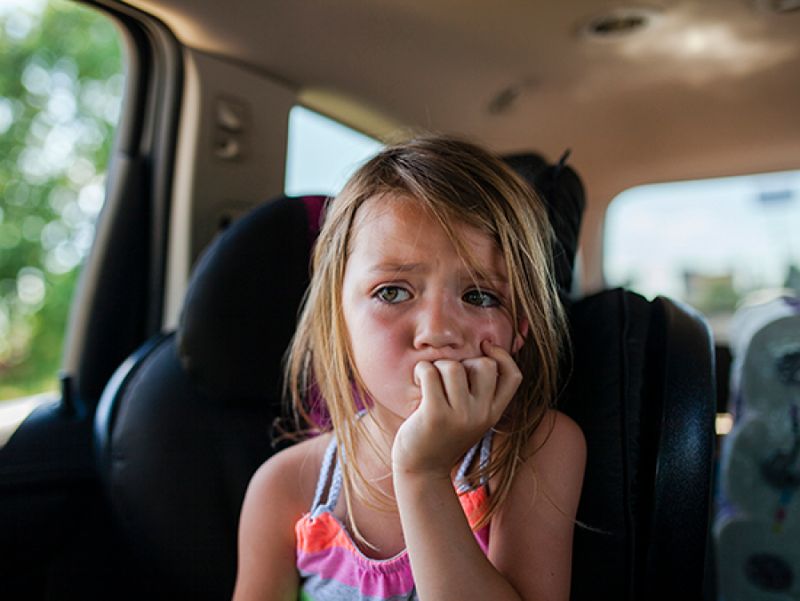
Vehicle temperatures rise dangerously fast, even with windows cracked open on mild days. Children’s bodies heat up three to five times faster than adults, and car interiors can increase 20 degrees Fahrenheit within just ten minutes.
Always use the “Stop, Look, Lock” method before walking away from your vehicle—check all seats and remember that sleeping toddlers can be easily forgotten during exciting park visits. Set phone reminders or leave essential items in the back seat as memory aids.
If you see unattended children in vehicles, call 911 immediately rather than assuming parents will return quickly. Heat stroke develops rapidly in small bodies, making every minute crucial for preventing tragedy during family outings.

